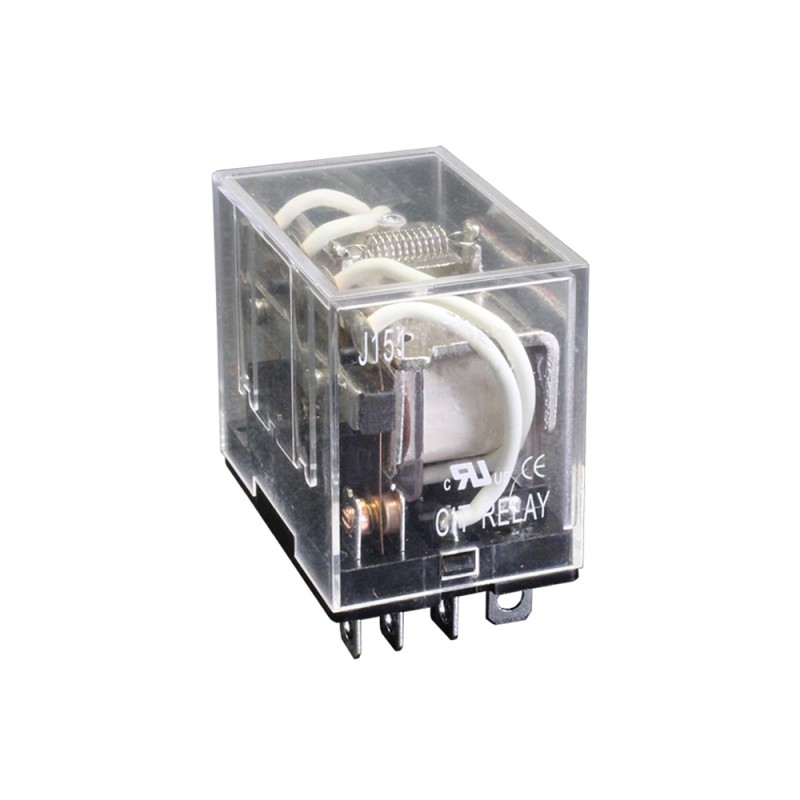
In the realm of electrical engineering, solid-state relays (SSRs) and Mosfet relays are two commonly used devices for switching electrical signals. While both serve the purpose of controlling the flow of current, they differ in terms of their underlying technology, performance characteristics, and applications. In this article, we will delve into the intricacies of SSRs and Mosfet relays, highlighting their differences and shedding light on their respective applications.
- Technology:
SSRs, as the name suggests, employ solid-state components such as semiconductors to perform the switching operation. They typically consist of an input control circuit, an optocoupler, and a power switching device, such as a triac or an SCR. On the other hand, Mosfet relays utilize Metal-Oxide-Semiconductor Field-Effect Transistors (MOSFETs) as the switching element. MOSFETs are voltage-controlled devices that offer low on-resistance and fast switching speeds. - Switching Performance:
One key distinction between SSRs and Mosfet relays lies in their switching performance. SSRs are known for their ability to switch AC loads, making them suitable for applications involving alternating current. They offer zero-crossing switching, which minimizes voltage spikes and reduces electromagnetic interference. In contrast, Mosfet relays excel in switching DC loads, providing efficient and precise control over direct current signals. They offer low on-resistance, enabling minimal power dissipation and high efficiency. - Power Handling Capacity:
When it comes to power handling capacity, SSRs and Mosfet relays differ significantly. SSRs are capable of handling higher power loads, typically ranging from a few amperes to several hundred amperes. This makes them suitable for industrial applications that require robust switching capabilities. On the other hand, Mosfet relays are more suited for low to medium power applications, typically ranging from a few milliamperes to a few amperes. They find applications in areas such as automotive electronics, consumer electronics, and low-power industrial control systems. - Reliability and Lifespan:
SSRs and Mosfet relays also vary in terms of their reliability and lifespan. SSRs, being solid-state devices, have no mechanical parts, resulting in enhanced reliability and longer lifespan compared to traditional electromechanical relays. They are less prone to wear and tear, offer silent operation, and exhibit faster switching speeds. Mosfet relays, while also reliable, may have a slightly shorter lifespan due to the inherent limitations of MOSFET technology. However, advancements in MOSFET technology have significantly improved their reliability in recent years.
Conclusion:
In summary, SSRs and Mosfet relays are two distinct types of relays that cater to different applications and requirements. SSRs excel in switching AC loads, offer high power handling capacity, and boast enhanced reliability. On the other hand, Mosfet relays are ideal for DC load switching, provide efficient control over low to medium power applications, and exhibit fast switching speeds. Understanding the differences between these two relay types is crucial for selecting the appropriate device for a given application, ensuring optimal performance and reliability.


